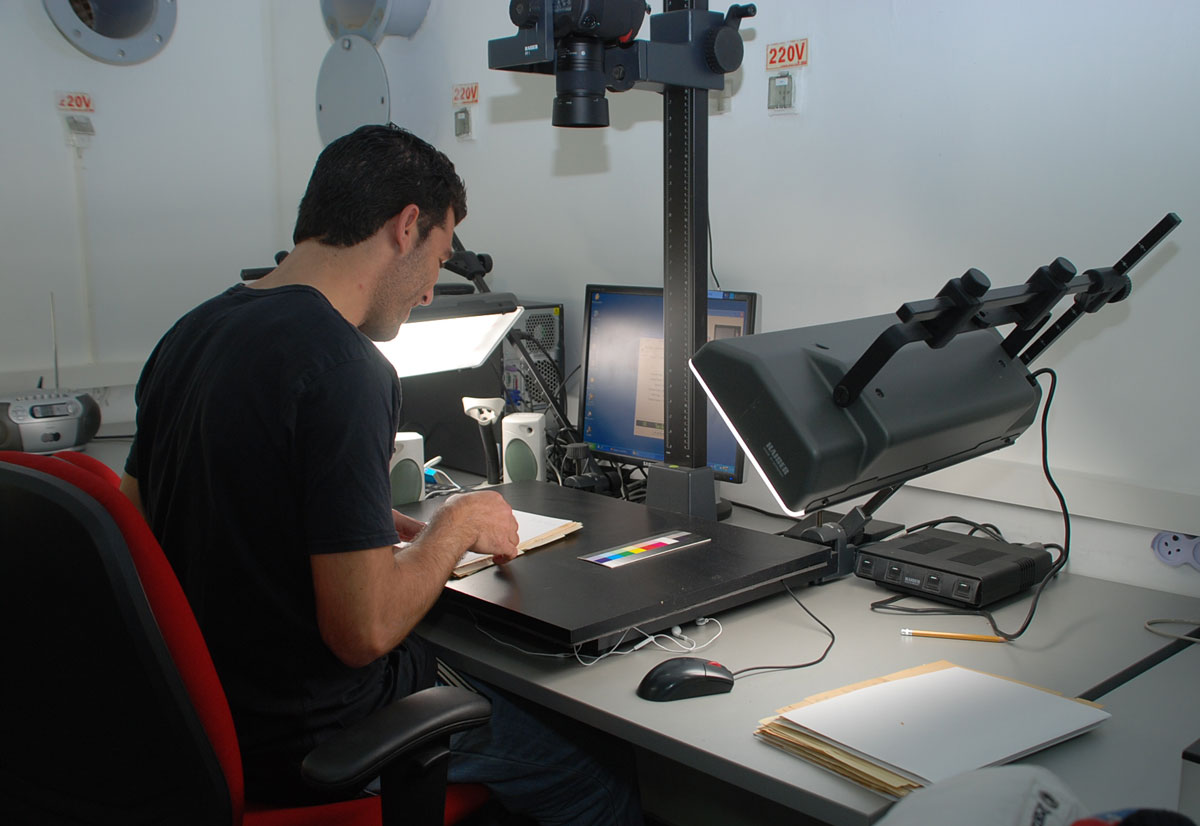Holocaust Education – The International School
- More than 300,000 students from Israel and abroad, soldiers and officers of the IDF and other Israeli security forces participated in seminars and programs of the International School for Holocaust Studies and at the School’s branch in Givatayim. Of those, more than 81,000 were Jewish students from overseas.
- 76 long-term seminars were held at Yad Vashem for some 1,700 educators from abroad.
- Some 1,450 foreign educators participated in 71 teacher-training days at the School.
- 97 seminars were conducted for some 3,000 Israeli teachers.
- School staff participated in 29 seminars, conferences and international forums and worked in some 30 different countries around the globe.
- More than 10,000 Israeli educators attended 327 teacher-training days at Yad Vashem and throughout Israel. Among these were more than 4,000 ultra-Orthodox teachers.
- 355 educators from 54 countries participated in the 8th International conference for Holocaust educators in June.
- More than 3,000 teachers across the US received training as part of “Echoes and Reflections,” a joint project of Yad Vashem, the ADL and the USC Shoah Foundation Institute. More than 17,000 educators and community leaders have been trained since the inception of the program.
- 3 films in the "Holocaust and Witness" series telling the stories of Holocaust survivors were produced and 5 others were translated into various languages, including Chinese, Polish, Spanish and Portuguese.
- A DVD of survivor testimonies was translated into Arabic for use by history teachers in the Israeli Arab sector, a mobile educational environment was developed for the ultra-Orthodox sector, and 4 educational kits were produced in various languages.
- An extensive range of educational material in 13 different languages was uploaded to the School's website and an educational portal was launched in German. More than 740 individuals participated in online courses conducted in 6 languages, including a new pedagogical course. Also added to the website were lesson plans and sub-sites for special events including curricula marking special occasions such as Holocaust Remembrance Day and International Holocaust Remembrance Day. 250 participants attended International video conferences. More than 800 individuals are now participants in the School's online social network platform in Hebrew. 34 projects by School graduates from various countries have been uploaded in 9 languages, deepening the connection between graduates.
Research and Publications
- The International Institute for Holocaust Research held an international conference, 2 international research workshops and 25 workshops for Holocaust scholars, as well as the annual lecture of The John Najmann Chair of Holocaust Studies.
- The International Institute for Holocaust Research granted the second annual Yad Vashem International Book Prize for Holocaust Research in memory of Abraham Meir Schwarzbaum, Holocaust survivor, and his family members murdered in the Holocaust. The 2012 recipient was Dr. Christoph Dieckmann of Keele University (UK), who received the award for his two-volume monumental work Deutsche Besatzungspolitik in Litauen 1941-1944 (German Occupation Policy in Lithuania 1941-1944).
- 10 senior researchers from Israel and abroad were hosted at Yad Vashem as postdoctoral fellows and 2 as research fellows under the auspices of the EHRI program. The Institute also granted 19 awards to Master's and Doctoral students.
- 33 new publications were released by Yad Vashem, including 19 research studies, 5 memoirs, 4 diaries, 4 volumes of Yad Vashem Studies, and a new release in the "Search and Research" Series.
Artworks and Artifacts
- More than 2,600 artifacts and 300 works of art were added to Yad Vashem’s collections. The artifacts collection now holds some 12,870 items and some and the art collection comprises some 8,900 pieces.
- The new exhibition Final Portrait: Painting for Posterity was displayed in the Exhibitions Pavilion.
- Traveling exhibitions were displayed in 55 locations worldwide. 37 versions of 12 exhibitions are now available in 11 languages, including Arabic, German, Spanish, Russian and English.
Righteous Among the Nations
- 453 individuals were recognized as Righteous Among the Nations. As of the end of 2012, more than 24,800 individuals have been awarded the title.
Visits and Commemorative Events
- Some 900,000 people visited Yad Vashem in 2012.
- More than 45,800 visitors toured Yad Vashem on over 3,210 guided tours, led by Yad Vashem’s professionally trained staff. Among them were more than 850 visits by world leaders, dignitaries and official visitors.
- The Commemoration and Public Relations Division held some 80 events, including the Holocaust Remembrance Day and VE Day ceremonies and more than 280 memorial services in conjunction with Holocaust survivor and next-generation organizations.
Internet Activity
- More than 10 million visits from some 220 countries and territories were recorded in 2012 on the Yad Vashem website.
- A comprehensive website was launched in German in addition to the existing ones in English, Hebrew, Russian, Spanish, Farsi and Arabic.
- Over 6.6 million video views have been recorded on Yad Vashem's YouTube channels in English, Hebrew, Spanish, Farsi, Russian, Arabic and German since their launch.
- More than 10,000 individuals have joined Yad Vashem's Facebook page, bringing the total number of members to more than 47,000.
- Yad Vashem's website won the "People and Computers" Magazine's Special Category WebiAward.
Documentation, Photographs, Names, Testimonies and Films
- Some 12 million pages of Holocaust-era documentation were gathered by Yad Vashem. To date, Yad Vashem’s Archives, the largest and most comprehensive repository of its kind, contain some 154 million pages of documentation.
- More than 2 million pages of original Holocaust documentation and 8 million pages of microfilmed documentation were digitized.
- Over 300,000 name occurrences of victims and survivors from archival lists and other documentation were digitized, among them archival documents gathered in Hungary, the former Soviet Union and other sources.
- Yad Vashem has identified some two-thirds of the victims of the Holocaust. The Central Database of Shoah Victims’ Names now contains 4.2 million names of Holocaust victims, all of which are accessible online. The source of close to half the total number of names in the Names Database is over 2.2 million Pages of Testimony while the remainder is from archival lists and documents. Tens of thousands of Pages of Testimony have been gathered as a result of intense activity by the Names Recovery Project in the Russian-speaking sector in Israel and abroad.
- The Gathering the Fragments campaign to rescue personal items from the Holocaust era held collected more than 30,000 items – documents, diaries, photographs, artifacts and art works – from some 2,000 individuals in 50 centralized collection days and 280 home collections. Since the project was launched in April 2011, more than 71,000 items have been received from 4,500 individuals.
- Some 10,000 photographs were added to the Photo Archive, and some 3,100 to the Hall of Names. Yad Vashem currently houses some 420,000 photographs, including some 148,000 photographs attached to Pages of Testimony.
- Some 266,000 photographs are easily accessible to the general public on the Yad Vashem website. Of these, 126,000 are attached to Pages of Testimony and accessible on the Central Database of Shoah Victims’ Names. 140,000 photographs from the Photo Archive are accessible on the Internet, the result of a joint project with Google.
- Some 1,100 new Holocaust survivor testimonies were filmed and recorded by the Oral History Section, Archives Division, aided by an outreach program enabling survivors to have their testimonies filmed at home, and an additional 900 testimonies recorded elsewhere were acquired. The Archives currently house some 112,000 video, audio and written testimonies.
- Some 33,000 public inquiries were answered by the Reference and Information Services Unit. Of these inquiries, 8,000 members of the public were assisted in the Library and Archives Reading Room, and over 25,000 were written queries.
- Yad Vashem's Library, the most comprehensive collection of published material about the Holocaust, now holds over 134,000 titles in 54 languages.
- The Visual Center acquired some 1,000 films, including classics from the past as well as new films, and catalogued more than 1,200 from a variety of genres. The total number of catalogued films has reached some 8,000. Currently over half of these titles, more than 5,500 films, are available for viewing at the Visual Center.
- In addition to thousands of visitors to the Visual Center, more than 90 groups of students, teachers and film directors took part in Holocaust-related film programs, including lectures on film and the Holocaust. The Visual Center held 6 special screenings of new films at commemorative events and at film festivals in Israel and around the world.
- The Visual Center Staff responded to more than 1,100 public inquiries for research and information regarding the cinema and the Holocaust.
- The Visual Center granted the seventh annual Avner Shalev Yad Vashem Chairman’s Award to Director Sandra Dickson for her film The Last Flight of Petr Ginz. The annual award is presented for artistic achievement in Holocaust-related film.




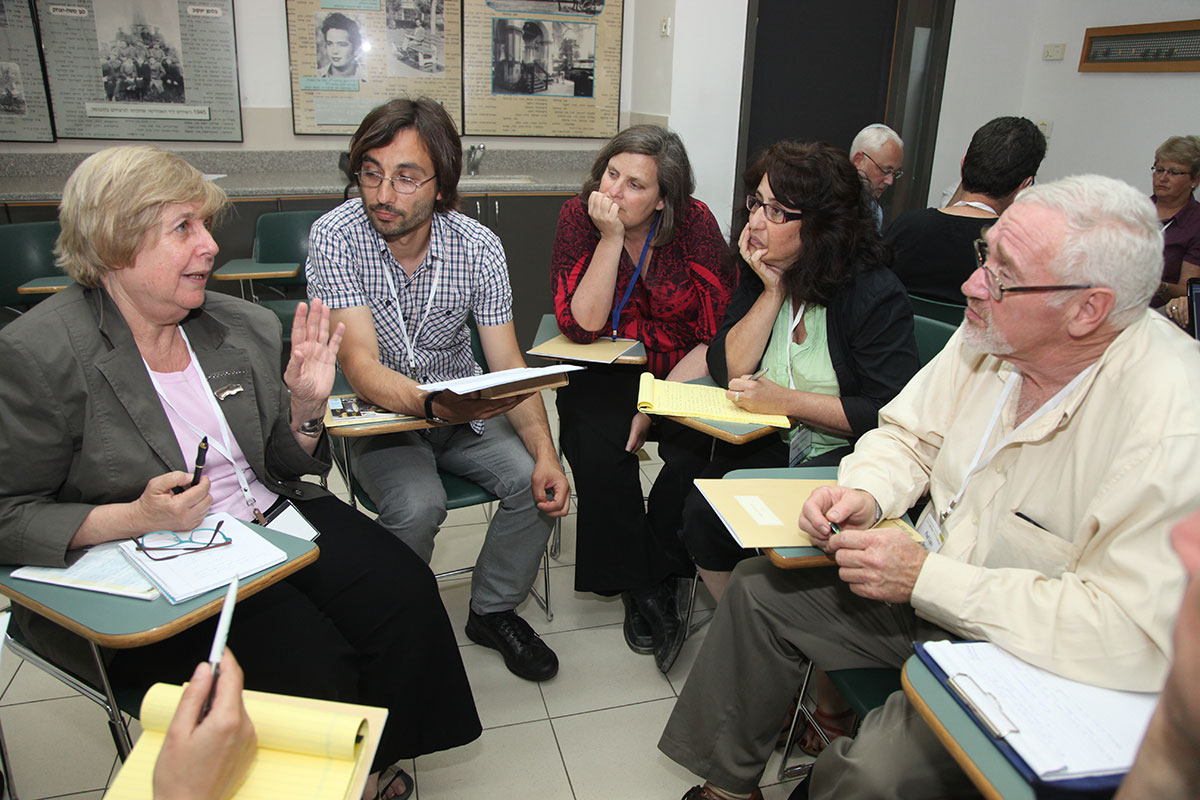
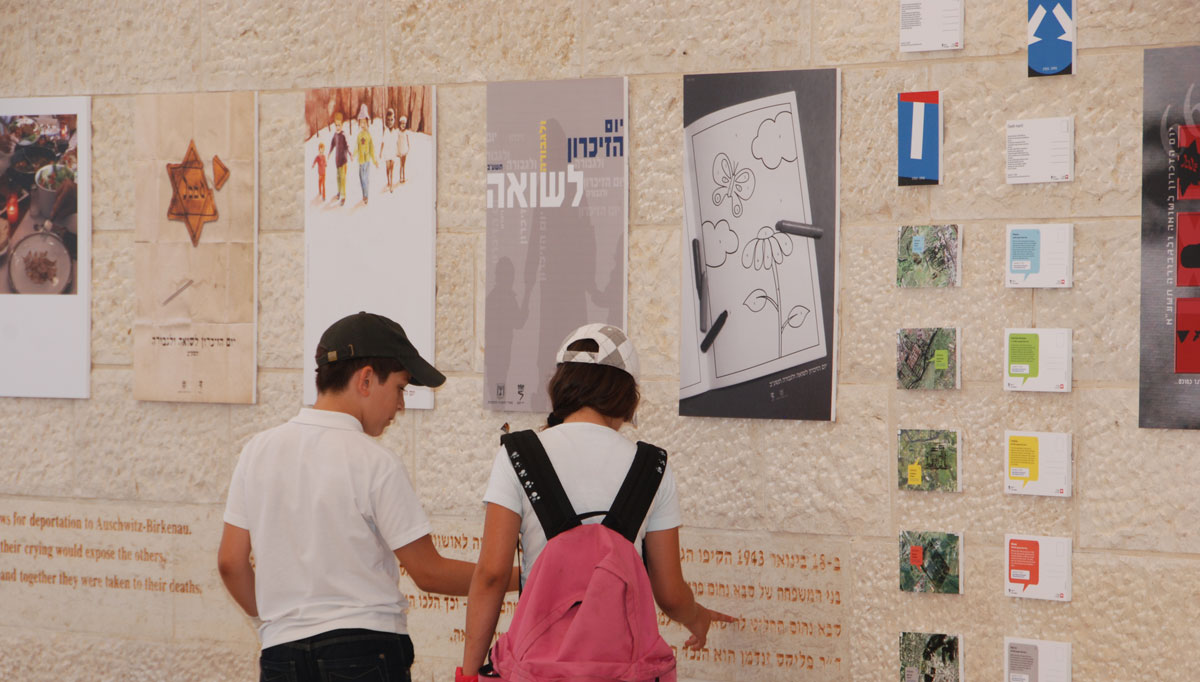
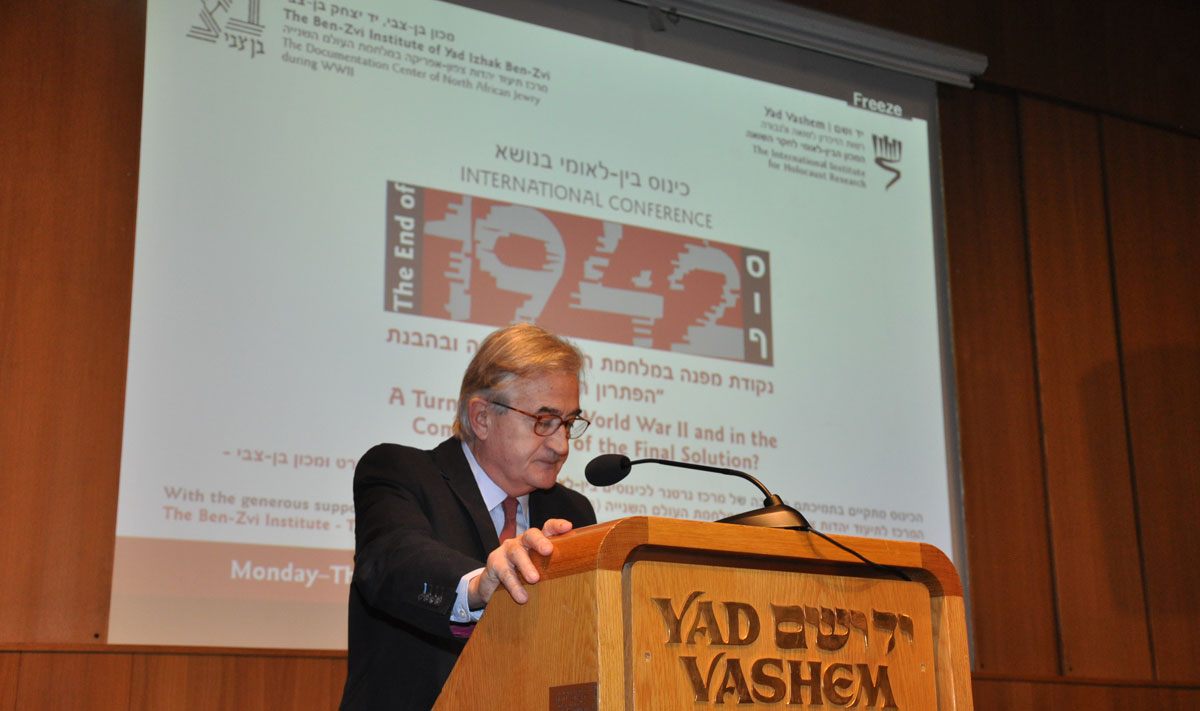
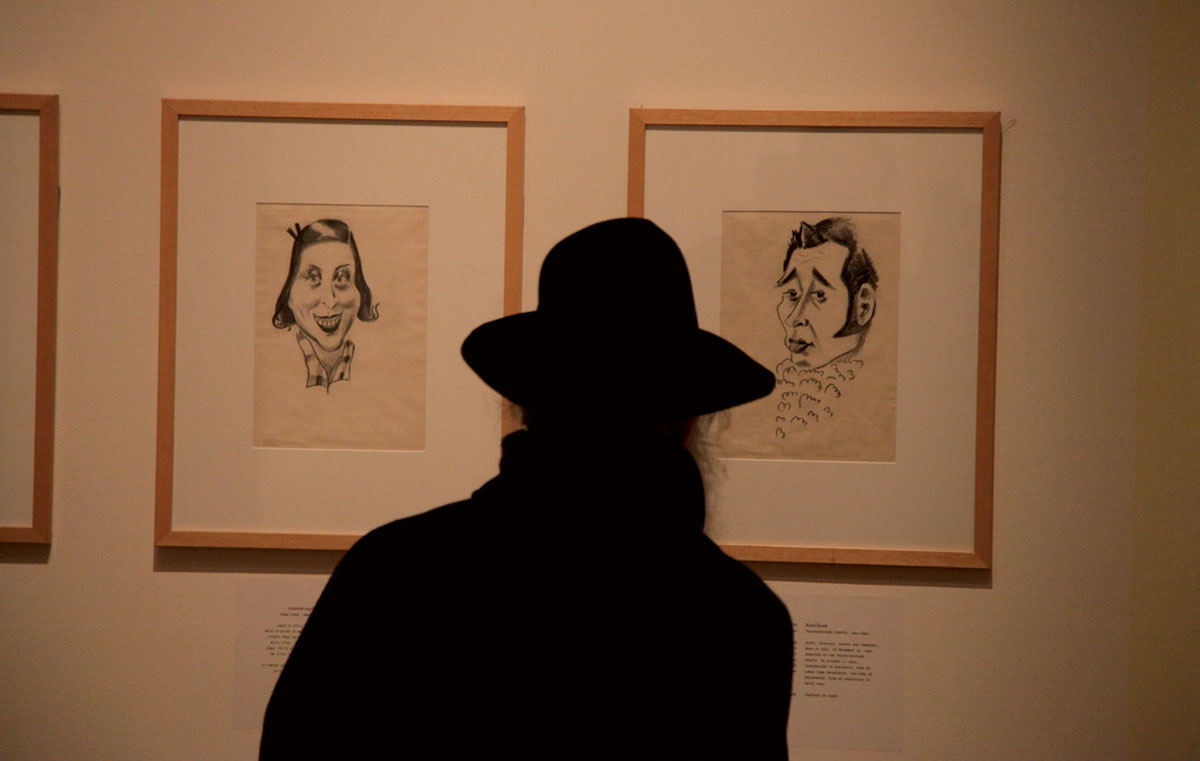
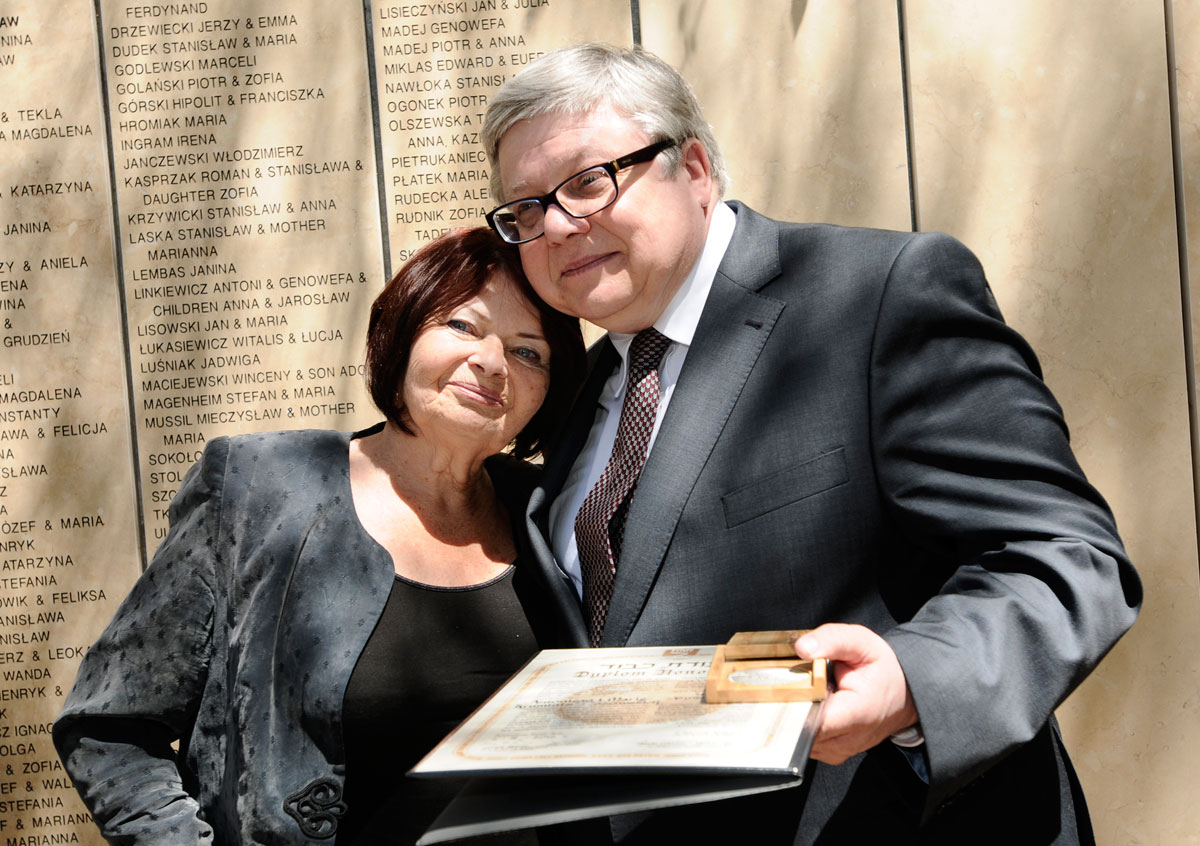
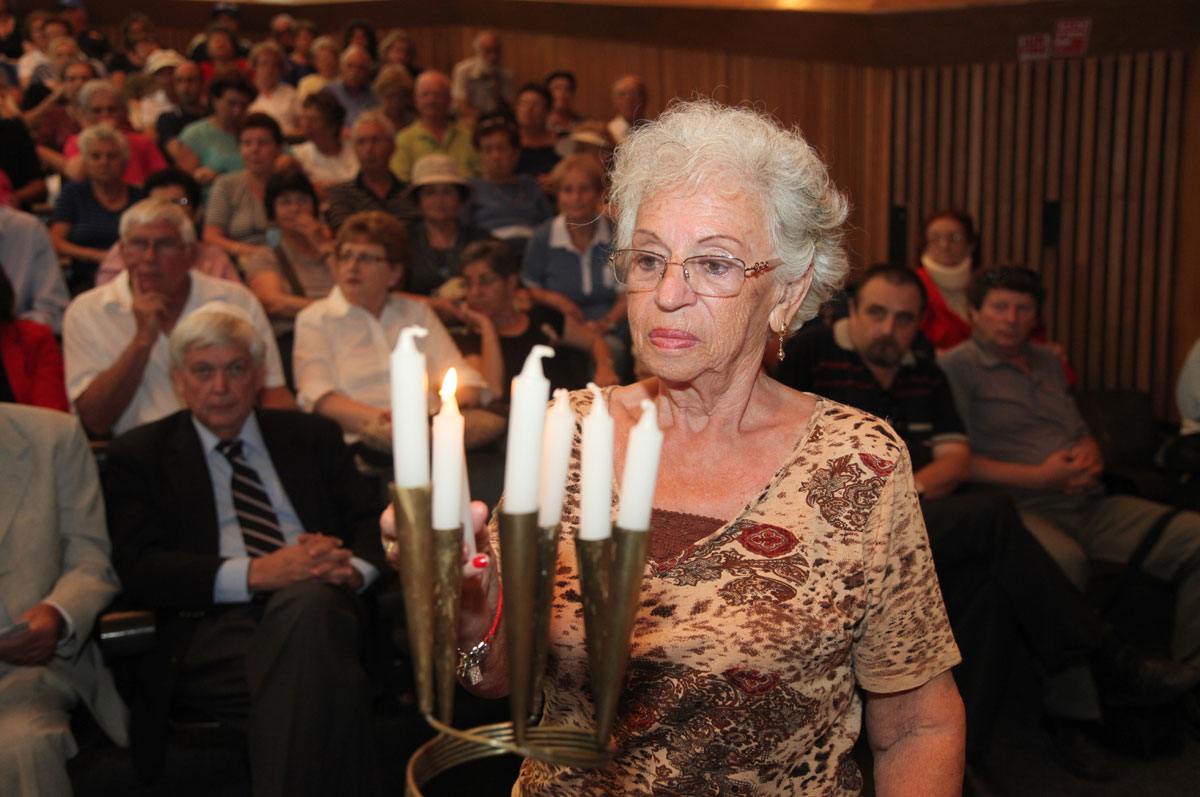
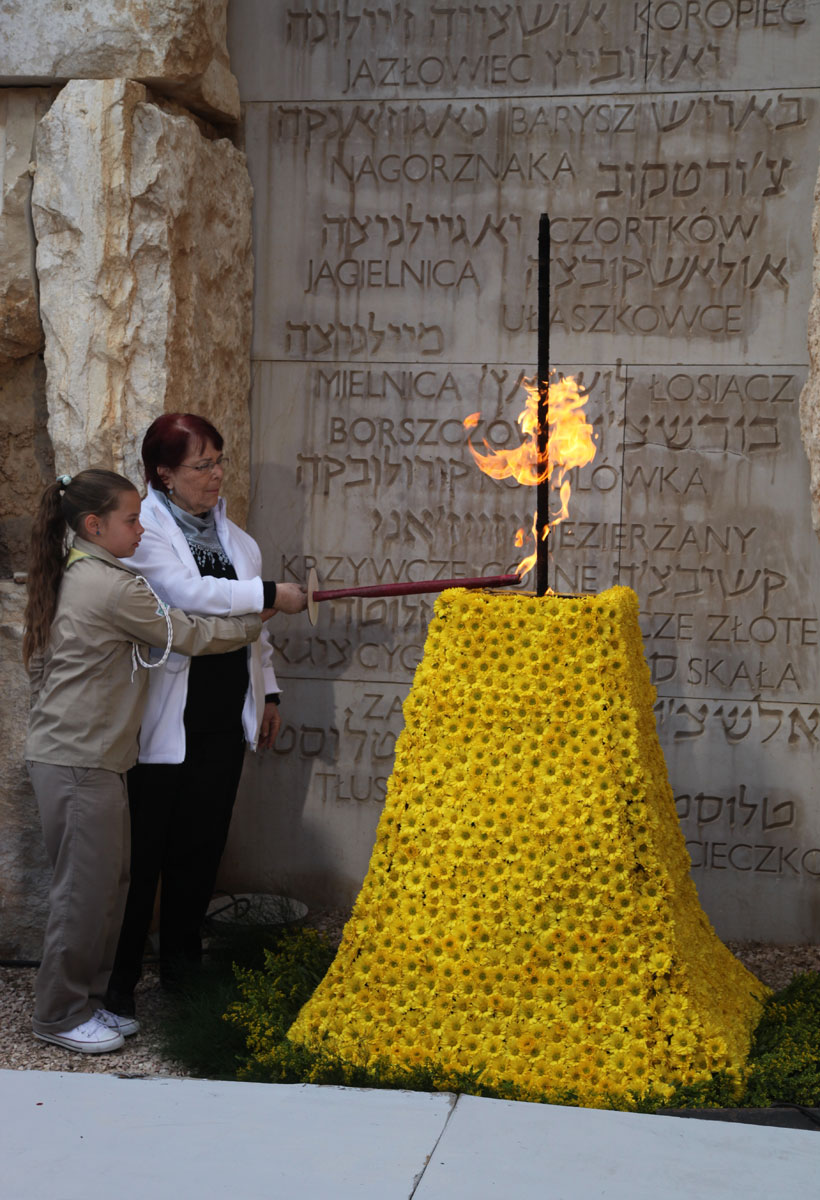
-thumbnail.jpg)
